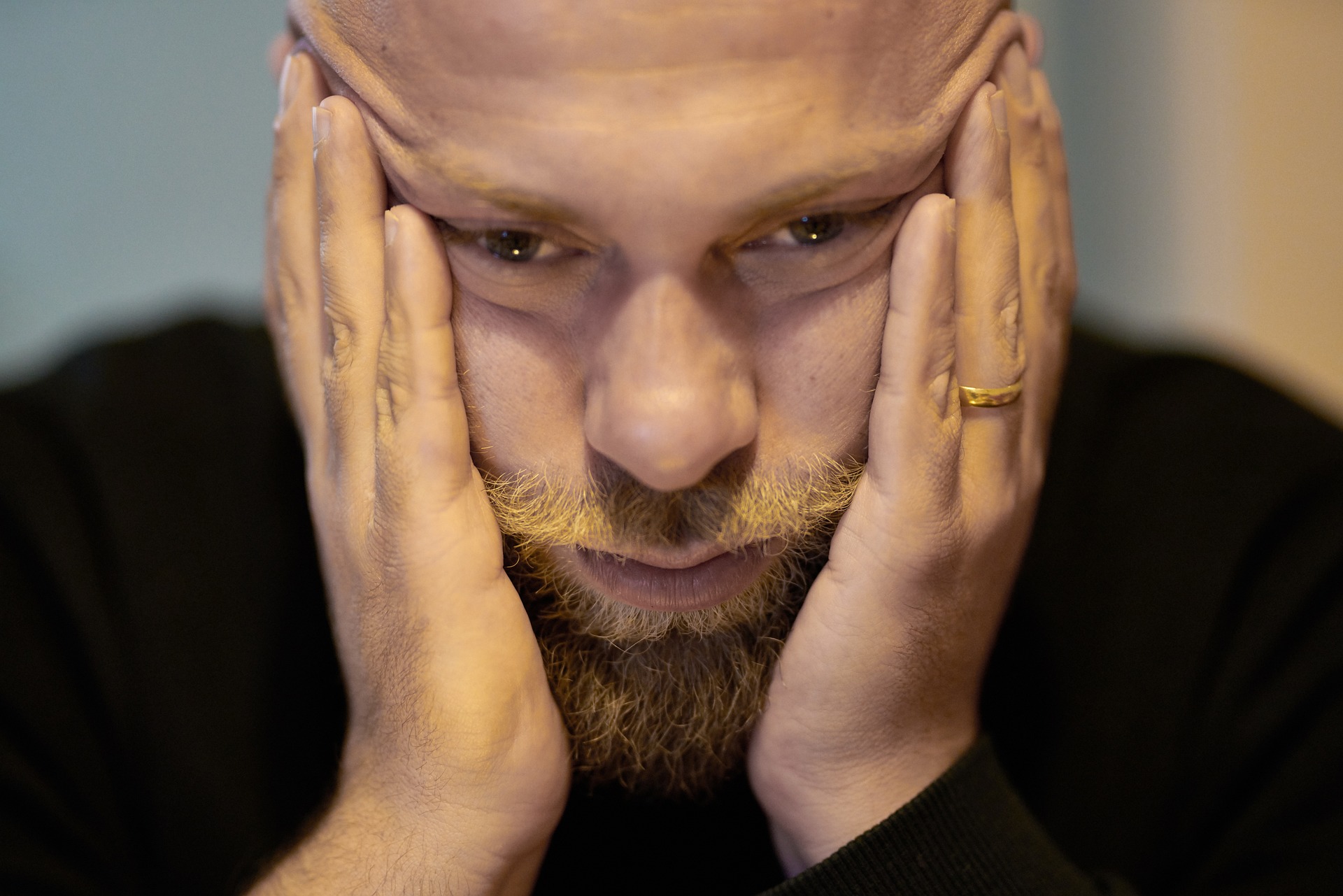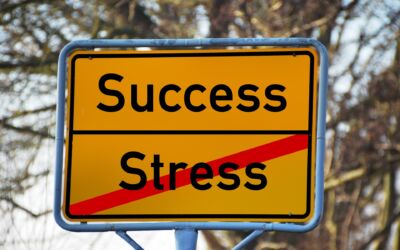Step inside the intricate maze that is the mind of someone with Obsessive-Compulsive Disorder (OCD), where invisible symptoms dictate their daily lives. OCD is no ordinary condition; it is a complex interplay of thoughts, fears, and rituals that can be overwhelming to understand. Below, we take a deep dive into the inner workings of OCD, decoding the hidden symptoms that often go unnoticed by the outside world.
From intrusive thoughts that can consume every waking moment to the relentless urge to perform repetitive behaviors, we explore the depths of OCD, shedding light on the struggles faced by those who live with this disorder. We debunk common misconceptions, reveal the realities, and offer insights into how OCD can manifest in different individuals.
SoCal Empowered provides residential OCD treatment at our residential facilities in Orange County, California. We understand what it takes to help someone fight back against this challenging situation, and below we hope to help provide some initial answers with regards to what needs to be done for you or a loved one.
Understanding OCD: What is Obsessive-Compulsive Disorder?
Obsessive-Compulsive Disorder (OCD) is a mental health condition characterized by a cycle of obsessions and compulsions that significantly impact a person’s life. Obsessions are intrusive, unwanted thoughts, images, or urges that create immense anxiety and distress. Compulsions, on the other hand, are repetitive behaviors or mental acts that individuals feel compelled to perform in response to their obsessions.
OCD is not simply about being neat or overly organized, as is commonly believed. It is a complex disorder that affects people of all ages, genders, and backgrounds. The severity and specific manifestations of OCD can vary greatly from person to person, making it a highly individualized condition. Understanding the intricacies of OCD is crucial in order to provide support and empathy to those who experience it.
Common Obsessions and Compulsions
Obsessions and compulsions come in countless forms, each unique to the individual experiencing them. However, there are common themes that tend to emerge in OCD. Some common obsessions include:
- Fear of contamination
- Doubts about safety or harm
- A need for symmetry or order
- Intrusive taboo thoughts
Compulsions often manifest as:
- Repetitive cleaning or handwashing
- Checking behaviors
- Ordering or arranging objects,
- Mental rituals such as counting or repeating phrases
These obsessions and compulsions can be highly distressing and time-consuming, often interfering with daily functioning and relationships. It is important to note that individuals with OCD are aware that their thoughts and behaviors are irrational, but they feel powerless to control or resist them. It is this internal struggle that contributes to the invisible battle of OCD.
The Invisible Symptoms of OCD
While obsessions and compulsions are the most recognized symptoms of OCD, there are many invisible symptoms that often go unnoticed by others. One such symptom is the constant presence of intrusive thoughts. Individuals with OCD experience a relentless stream of intrusive thoughts that can range from disturbing to nonsensical. These thoughts can be distressing and overwhelming, leading to heightened anxiety and a sense of being trapped in their own minds.
Another invisible symptom of OCD is the prevalence of mental rituals. While compulsions are often visible and observable, many individuals with OCD also engage in mental rituals or repetitive thoughts that are not apparent to others. These mental rituals can consume a significant amount of time and mental energy, further exacerbating the impact of OCD on daily life.
Furthermore, individuals with OCD often experience a high level of internal distress, even when their symptoms are not immediately visible to others. The constant battle between their rational thoughts and irrational obsessions can create immense emotional turmoil, leading to feelings of guilt, shame, and isolation. Understanding and acknowledging these invisible symptoms is essential to supporting individuals with OCD.
The Impact of OCD Symptoms on Daily Life
OCD can have a profound impact on various aspects of daily life. The obsessions and compulsions associated with this disorder can significantly disrupt personal relationships, work or school performance, and overall quality of life. Individuals with OCD may struggle with maintaining friendships or romantic relationships due to the time-consuming nature of their rituals and the distress caused by their obsessions.
In addition, OCD can interfere with educational and professional pursuits. The need to repeat tasks or engage in specific rituals can consume a significant amount of time and mental energy, making it difficult to focus on other responsibilities. This can result in decreased productivity and achievement, leading to additional stress and frustration.
The invisible symptoms of OCD also contribute to the impact on daily life. The constant presence of intrusive thoughts and the need to perform mental rituals can make it challenging to concentrate on tasks, leading to increased difficulty in decision-making and problem-solving. The emotional toll of OCD can further contribute to a sense of feeling overwhelmed and exhaustion.
Causes and Risk Factors of OCD
The exact cause of OCD is not fully understood. However, research suggests that a combination of genetic, neurological, and environmental factors contribute to the development of this disorder. Individuals with a family history of OCD are more likely to develop the condition themselves, indicating a genetic predisposition.
Neurologically, abnormalities in certain brain regions and neurotransmitter imbalances, particularly involving serotonin, have been implicated in OCD. These abnormalities may disrupt the normal functioning of the brain circuits involved in decision-making, judgment, and the regulation of fear and anxiety.
Environmental factors, such as traumatic events or significant stress, can also trigger the onset of OCD in individuals who are already vulnerable. The interplay between these various factors is complex and requires further research to fully understand.
Diagnosing OCD: Criteria and Assessment Tools
Diagnosing OCD involves a comprehensive assessment of symptoms and their impact on an individual’s life. Mental health professionals use standardized criteria outlined in the Diagnostic and Statistical Manual of Mental Disorders (DSM-5) to determine whether an individual meets the criteria for OCD.
Assessment tools, such as self-report questionnaires and interviews, are commonly used to gather information about the presence and severity of obsessions and compulsions. These assessments also explore how OCD symptoms affect various areas of functioning, providing a holistic understanding of the individual’s experience.
A thorough and accurate diagnosis is crucial for developing an effective treatment plan and providing appropriate support to individuals with OCD.
Treatment Options for OCD: Therapy and Medication
OCD is a treatable condition, and there are various options available to help individuals manage their symptoms and improve their quality of life. The two primary treatment approaches for OCD are therapy and medication.
Cognitive Behavioral Therapy (CBT) is used widely in the treatment of OCD. CBT for OCD typically involves exposure and response prevention (ERP), a specialized form of therapy that gradually exposes individuals to their obsessions while preventing the accompanying compulsions. This helps individuals learn to tolerate the anxiety triggered by their obsessions without resorting to their usual rituals.
Medications, such as Selective Serotonin Reuptake Inhibitors (SSRIs), are often prescribed in conjunction with therapy to enhance treatment outcomes. SSRIs work by increasing the availability of serotonin in the brain, thereby reducing the intensity of obsessions and compulsions.
The combination of therapy and medication has been shown to be highly effective in managing OCD symptoms and improving overall well-being.
Cognitive Behavioral Therapy (CBT) for OCD Symptoms
As mentioned above, Cognitive Behavioral Therapy (CBT) has emerged as one of the most effective treatments for OCD. This therapeutic approach focuses on the relationship between thoughts, feelings, and behaviors, aiming to modify the underlying cognitive distortions that contribute to the manifestation of OCD symptoms.
1. Understanding the Cognitive Component of OCD
In the realm of OCD, intrusive thoughts are ubiquitous. These unwelcome and distressing thoughts often involve fears of contamination, harm, or even moral scrupulosity. Individuals with OCD may find themselves constantly bombarded by these intrusive thoughts, causing significant distress and anxiety. CBT helps individuals identify and challenge these cognitive distortions, enabling them to gain a more realistic and rational perspective on their obsessions.
Moreover, CBT aims to restructure the individual’s beliefs and perceptions about their thoughts. Instead of trying to suppress or control these intrusive thoughts, individuals learn to accept them as mere products of an overactive mind. By reframing their relationship with these thoughts, individuals are better equipped to cope with their obsessions and reduce the associated anxiety.
2. The Behavioral Component of CBT
In addition to addressing the cognitive aspects of OCD, CBT also focuses on the behavioral component. This involves exposure and response prevention (ERP), a technique that gradually exposes individuals to the situations or triggers that elicit their obsessions. By repeatedly exposing themselves to these triggers without engaging in their usual compulsive behaviors, individuals can learn to tolerate the distress and gradually reduce their anxiety levels.
ERP is a challenging but highly effective technique in breaking the cycle of obsessions and compulsions. Through this process, individuals gradually realize that their fears and anxieties are largely unfounded, leading to a reduction in the frequency and intensity of their OCD symptoms.
3. The Role of Therapy in OCD Treatment
While CBT is a powerful tool in managing OCD symptoms, it is crucial to acknowledge the importance of therapy as well. Therapy provides individuals with a safe and supportive environment to explore their thoughts, fears, and rituals. It allows them to work collaboratively with a trained professional who can guide them through the process of understanding and managing their OCD.
Additionally, therapy provides individuals with a sense of validation and reassurance, as they realize they are not alone in their struggles. The therapist’s expertise and empathy play a vital role in helping individuals navigate the complexities of OCD, empowering them to take control of their lives and overcome their invisible battles.
Support and Coping Strategies for Individuals with OCD
Living with OCD can be incredibly challenging, but with the right support and coping strategies, individuals can lead fulfilling lives. Below are some key strategies for managing OCD symptoms and improving overall well-being:
1. Building a Support Network
Developing a strong support network is crucial for individuals with OCD. This network may include understanding friends and family members, support groups, and mental health professionals. Having people who understand and empathize with the challenges of OCD can provide invaluable support and encouragement.
2. Educating Yourself and Loved Ones
Education is a powerful tool in managing OCD. By learning about the disorder, its symptoms, and treatment options, individuals can gain a better understanding of their experiences. It also helps loved ones to comprehend the challenges faced by individuals with OCD, fostering empathy and a more supportive environment.
3. Practicing Self-Care
Self-care is essential for individuals with OCD, as it helps reduce stress levels and promotes overall well-being. Engaging in activities that bring joy and relaxation, such as exercise, mindfulness, and hobbies, can help individuals manage their anxiety and maintain a sense of balance in their lives.
4. Seeking Professional Help
While self-help strategies can be beneficial, it is important to recognize the value of professional help. Mental health professionals, such as therapists and psychiatrists, can provide specialized guidance and support tailored to the individual’s needs. They can also offer additional treatment options, such as medication, when necessary.
Shedding Light on the Invisible Battle of OCD
In conclusion, OCD is not simply a preference for cleanliness or organization; it is a complex disorder that affects millions of individuals worldwide. By understanding the invisible symptoms of OCD, we can break the stigma surrounding this condition and provide support and empathy to those who need it most.
Through the power of Cognitive Behavioral Therapy (CBT) and a strong support network, individuals with OCD can learn to navigate the intricate maze of their minds. By shedding light on the hidden struggles of OCD, we can foster a more compassionate and inclusive society, where individuals can thrive despite their invisible battles. So, let us continue to decode the complexities of OCD, one step at a time.
Obsessive-Compulsive Disorder is a complex disorder that affects millions of people worldwide. By understanding the invisible symptoms that individuals with OCD face, we can foster empathy, reduce stigma, and provide support. It is crucial to recognize that OCD is not a choice or a character flaw, but a genuine mental health condition that requires understanding and compassion.
How SoCal Empowered Can Help
If you or a loved one is struggling with OCD symptoms, the first step you need to take is to complete an assessment to move towards a potential diagnosis. You can get that process started by contacting us at any time. Our Orange County mental health professionals will listen to your situation and help you decide on the best course of action.
If a stay at one of our residential mental health facilities in Orange County, California is what’s best, we will recommend that step and communicate directly with your insurance company to determine benefits. If a different approach would most benefit your situation, we will help connect you to a helpful resource.
Therefore, you need to reach out to us today so we can help you. We’re ready to listen and to work with you towards a solution.




